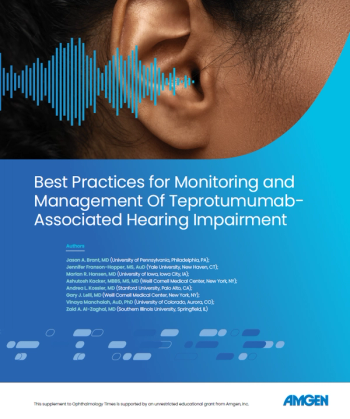
|Videos|April 27, 2022
A Cataract Case Study with Dr. Rahul Pandit
Author(s)SPONSORED BY BAUSCH + LOMB
Using an NSAID to Manage Inflammation and Pain After Cataract Surgery
Advertisement
Newsletter
Don’t miss out—get Ophthalmology Times updates on the latest clinical advancements and expert interviews, straight to your inbox.
Advertisement
Latest CME
Advertisement
Advertisement
Trending on Ophthalmology Times - Clinical Insights for Eye Specialists
1
Study identifies corneal endothelial changes following mRNA COVID-19 vaccination
2
Moorfields study reveals sharp rise in glaucoma burden across the UK
3
SpyGlass Pharma randomizes first patients in 2 phase 3 clinical trials of the BIM-IOL System
4
Nanoscope’s gene therapy, MCO-010 receives Sakigake and Orphan Drug Designations in Japan
5














































